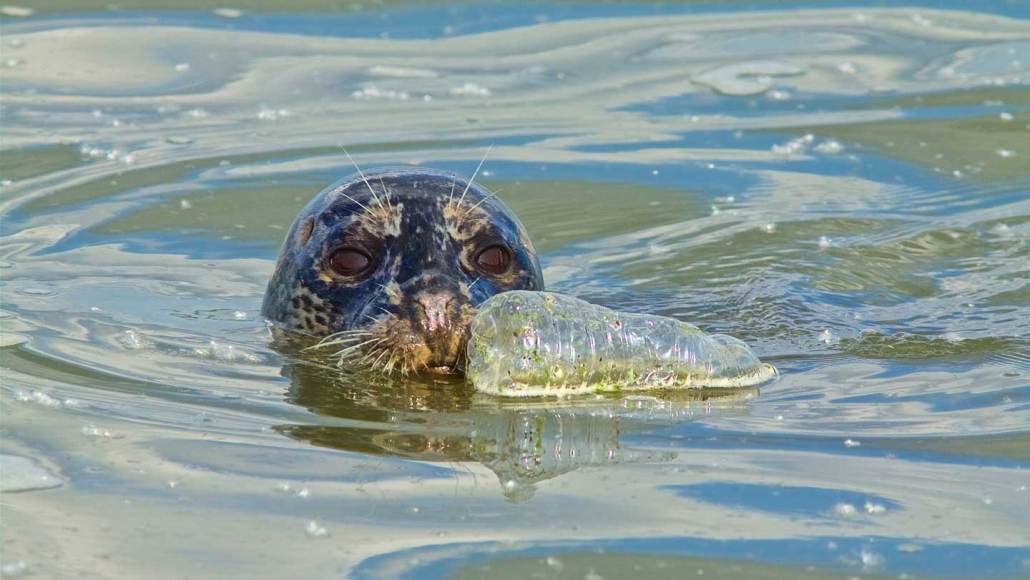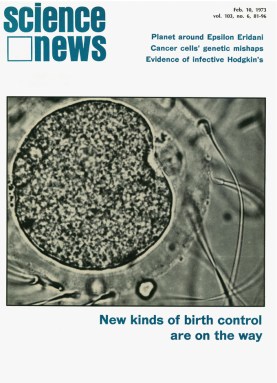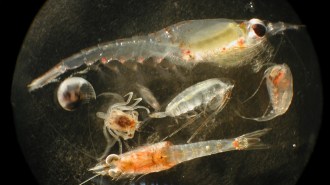50 years ago, scientists discovered the Great Pacific Garbage Patch
Excerpt from the February 10, 1973 issue of Science News

A seal plays with a plastic bottle floating off the coast of Vancouver. Plastic pollution has plagued the Pacific Ocean for decades, and scientists are just beginning to understand its impact on ocean life.
Cliff Nietvelt/Moment/Getty





